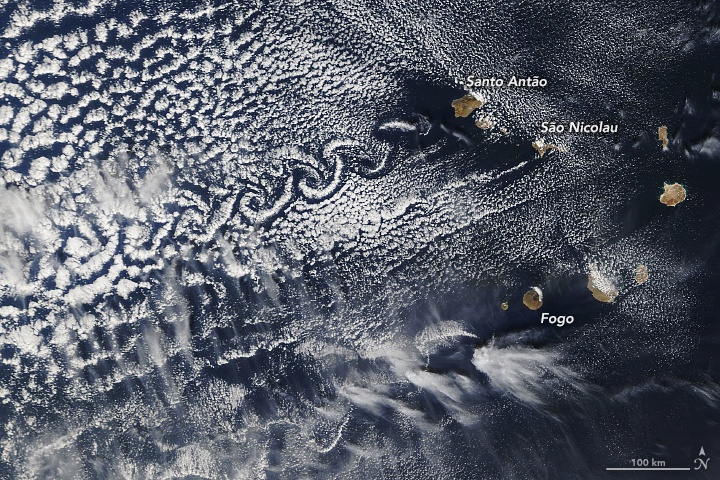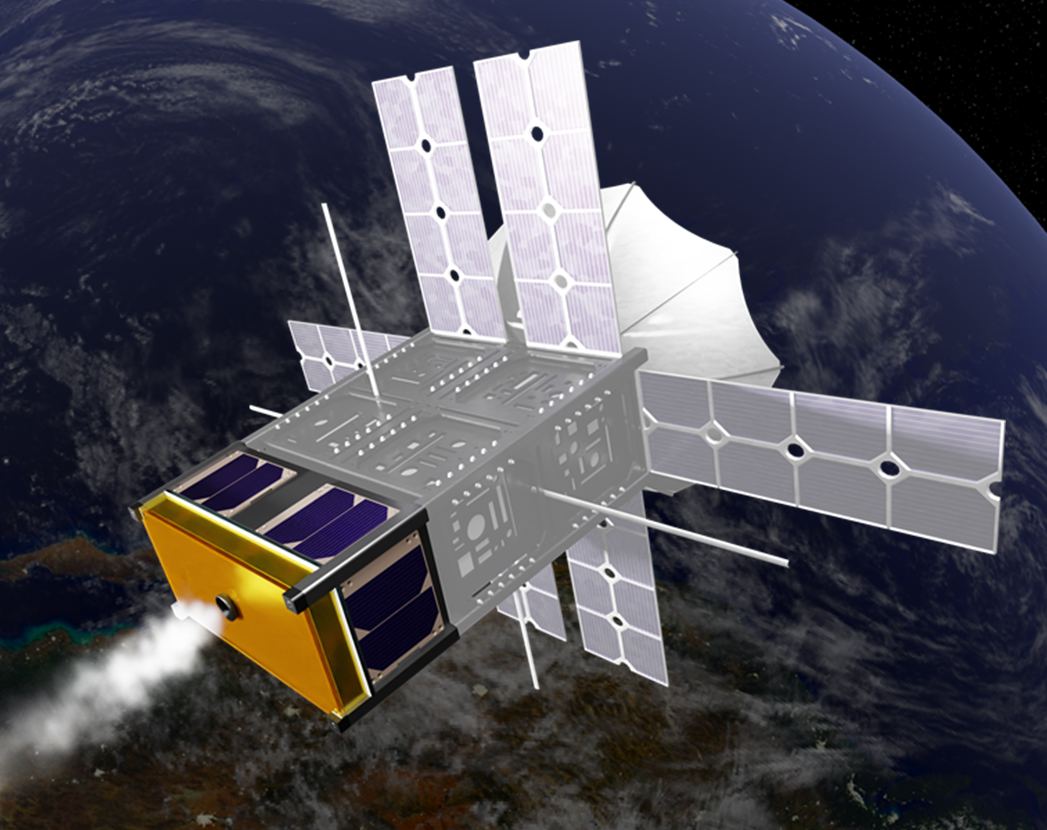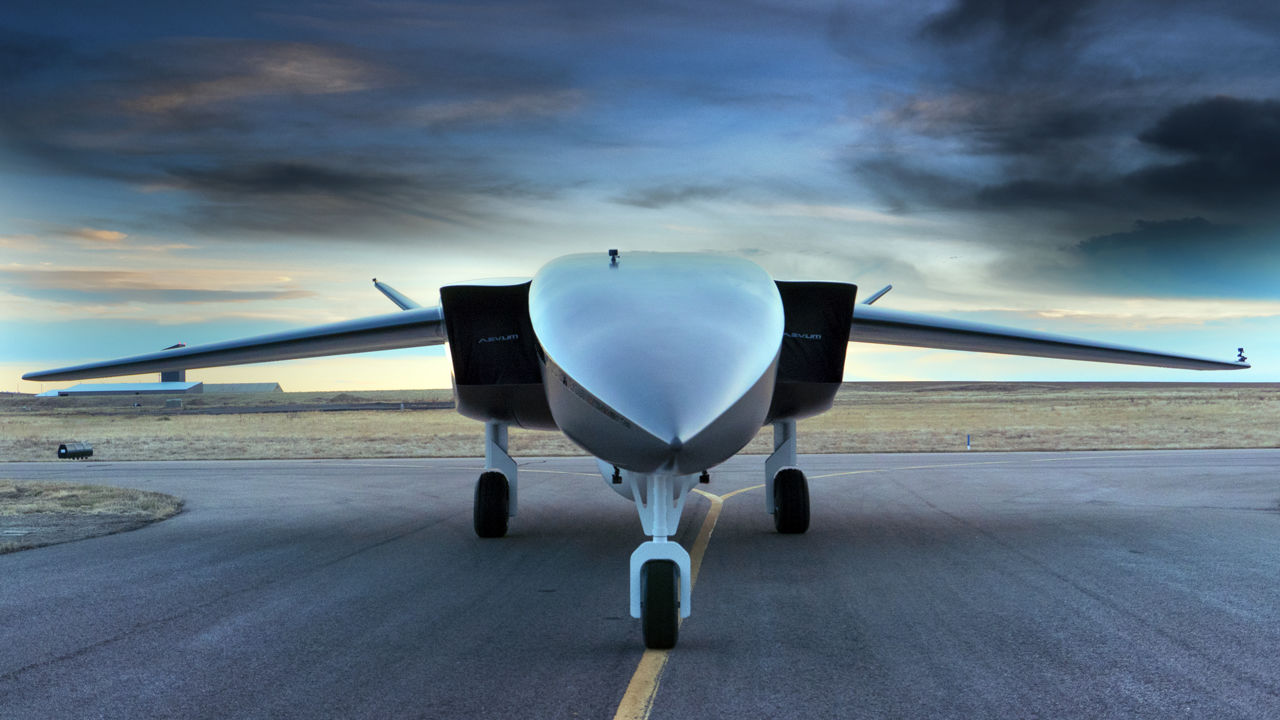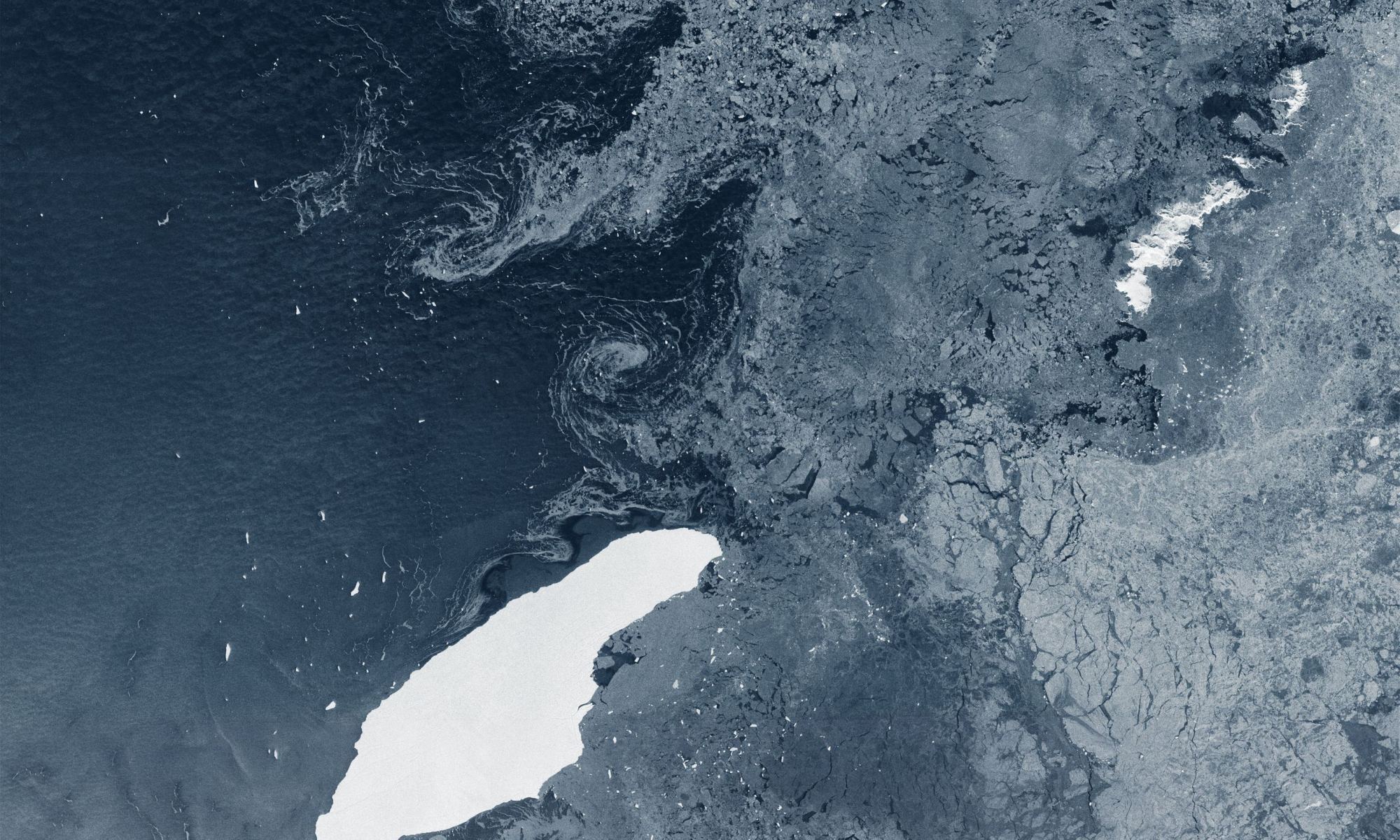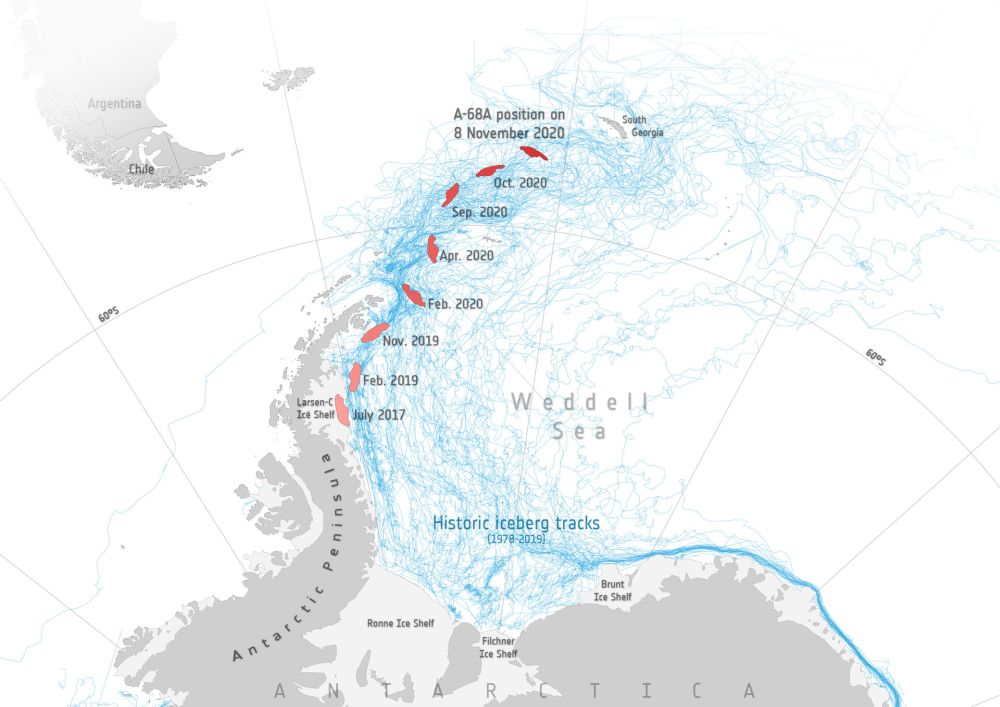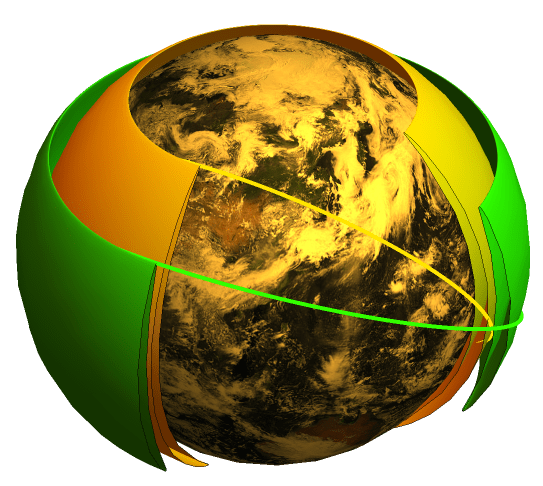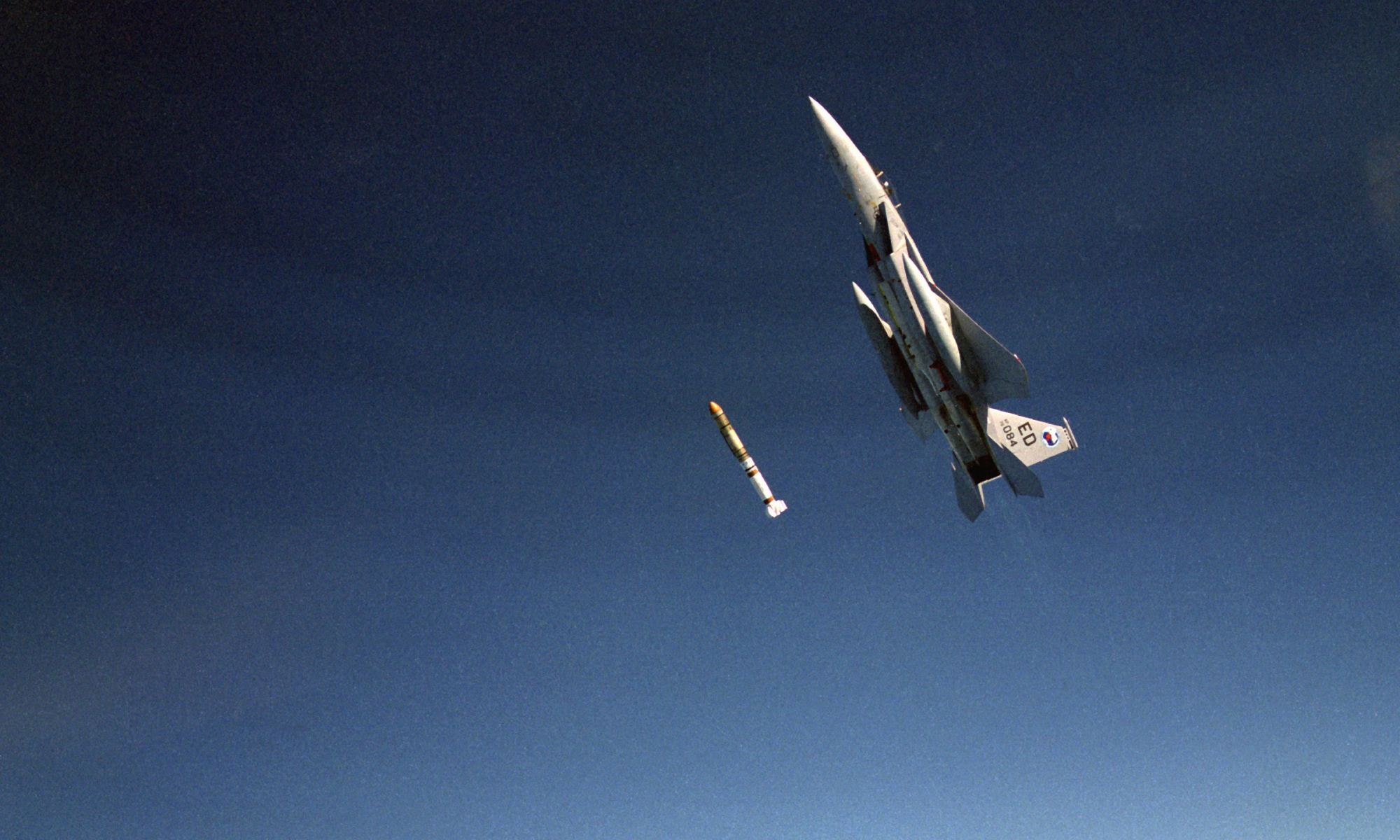Staying afloat in space can be deceptively hard. Just ask the characters from Gravity, or any number of the hundreds of small satellites that fall into the atmosphere in a given year. Any object placed in low Earth orbit (LEO) must constantly fight against the drag caused by the small number of air molecules that make it up to that height.
Usually they counteract this force by using small amounts of propellant. However, smaller satellites don’t have the luxury of enough propellant to keep them afloat for any period of time. But now a team of students from the University of Michigan has launched a prototype satellite that attempts to stay afloat using a novel technique – magnetism.
Continue reading “A New Satellite Is Going to Try to Maintain Low Earth Orbit Without Any Propellant”

